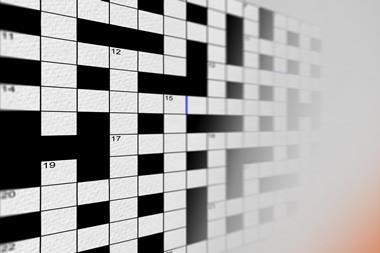Fundamentals of general, organic and biological chemistry
Fundamentals of general, organic and biological chemistry
John Holum
Chichester: Wiley 1998 | Pp 800 | ?32.95 | ISBN 0471175749
Reviewed by Jim Hanson
This textbook is aimed at those students who are taking chemistry as part of a foundation for future studies in biological and paramedical subjects. It is the sixth edition of a successful text and includes a number of valuable features aimed at increasing the student’s awareness of the relevance of chemical concepts to everyday life. Some of these special topics have been renamed as ’Interactions’ for this edition.
The first ten chapters contain the foundation of physical chemistry including basic ideas of atomic structure, bonding, stoichiometry, states of matter, solutions, acids and bases and radioactivity. Chapters eleven to seventeen then follow a standard functional group approach to organic chemistry. The final section of the book has chapters on bio-organic topics with a medicinal-chemistry slant. There are chapters on carbohydrates, lipids, proteins, enzymes, hormones, nucleic acids and various aspects of metabolism and nutrition. All this makes the book particularly attractive to students preparing for paramedical courses. At the end of the book there are a number of appendices including a useful glossary.
Each chapter begins with a paragraph aimed at setting the topic in its context within the theme of the book. At the end of the chapter there is a summary and a series of problems and review exercises. There are worked examples throughout the book as well as ’Interactions’ and explanatory margin notes. Answers are given to the problems at the end of the book and in the study guide. The book is well-illustrated and there is a good use of colour to emphasize particular points. Usefully, there is a range of supplementary material available for the lecturer.
The book fulfils its purpose of providing a stimulating and interesting foundation of general, organic and biological chemistry. One feature which I found disappointing, though, was the absence of a chapter on elementary spectroscopy and separation techniques, although chapter five introduces the student to the concept of titrations. A student who goes on to become a health professional will not just meet many of the compounds described in the biological section of the book but will also need to understand some of the underlying chemical principles involved in their separation and quantitative instrumental analysis. Nevertheless this book must take its place amongst other excellent American textbooks of chemistry for students in the life sciences.












No comments yet